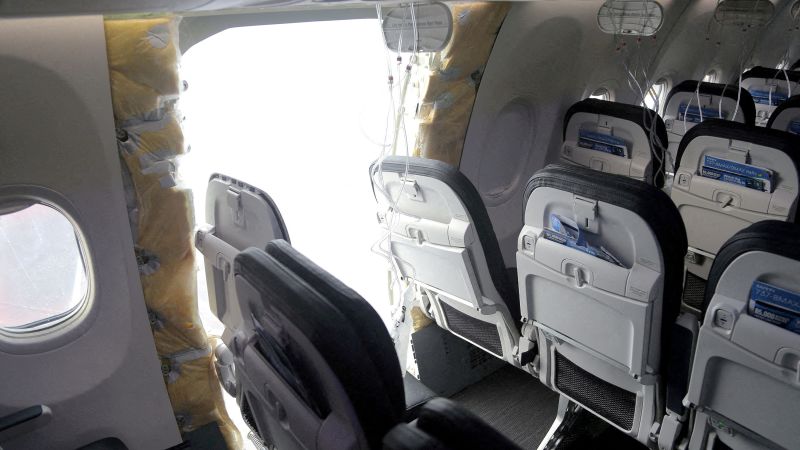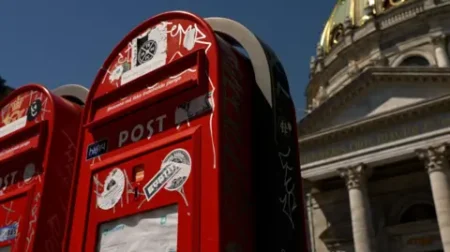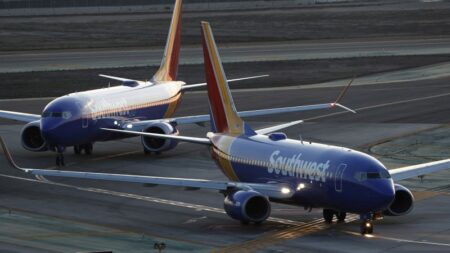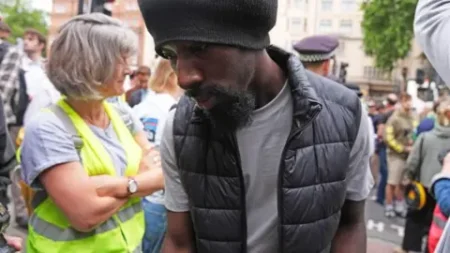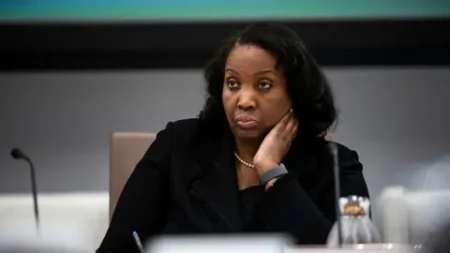In a recent testimony before the Senate Commerce Committee, Federal Aviation Administration chief Mike Whitaker admitted that the agency played a role in the safety issues at Boeing. Whitaker acknowledged that the FAA had been “too hands off” in its oversight of the troubled aircraft manufacturer. He stated that the agency now has more inspectors on the ground at Boeing and its primary supplier, Spirit AeroSystems, and is pushing Boeing to improve its safety culture following the incident on January 5 where a door plug blew off during an Alaska Airlines flight, causing a hole in the side of the Boeing 737 Max. Whitaker emphasized that the FAA’s approach has changed to a more active and comprehensive oversight model, combining audits with inspections.
Whitaker also revealed that the FAA previously had 24 inspectors at Boeing and Spirit, but that number has increased to the low 30s with a target of 55 inspectors. Despite the progress, Whitaker acknowledged that the FAA did not have inspectors in the factories at the time when the missing bolts on the Alaska Air plane were discovered. He noted that the agency was focused on paperwork audits rather than actual inspections.
There have been concerns about the qualifications of some safety inspectors, as highlighted by Sen. Maria Cantwell during the hearing. Whitaker assured that the agency is providing training for new hires and is assigning experienced inspectors to focus on Boeing. However, the FAA’s reliance on self-inspection and self-certification from manufacturers, including Boeing, has come under scrutiny following the fatal crashes of the 737 Max in 2019.
Whitaker emphasized the need for systemic change in Boeing’s safety culture and stated that the FAA is working closely with the company to ensure safety improvements. Boeing, on the other hand, expressed its commitment to delivering safe aircraft and welcoming scrutiny from regulators and experts. Whitaker emphasized that there is still much work to be done to address the safety challenges at Boeing and ensure the flying public’s safety.






